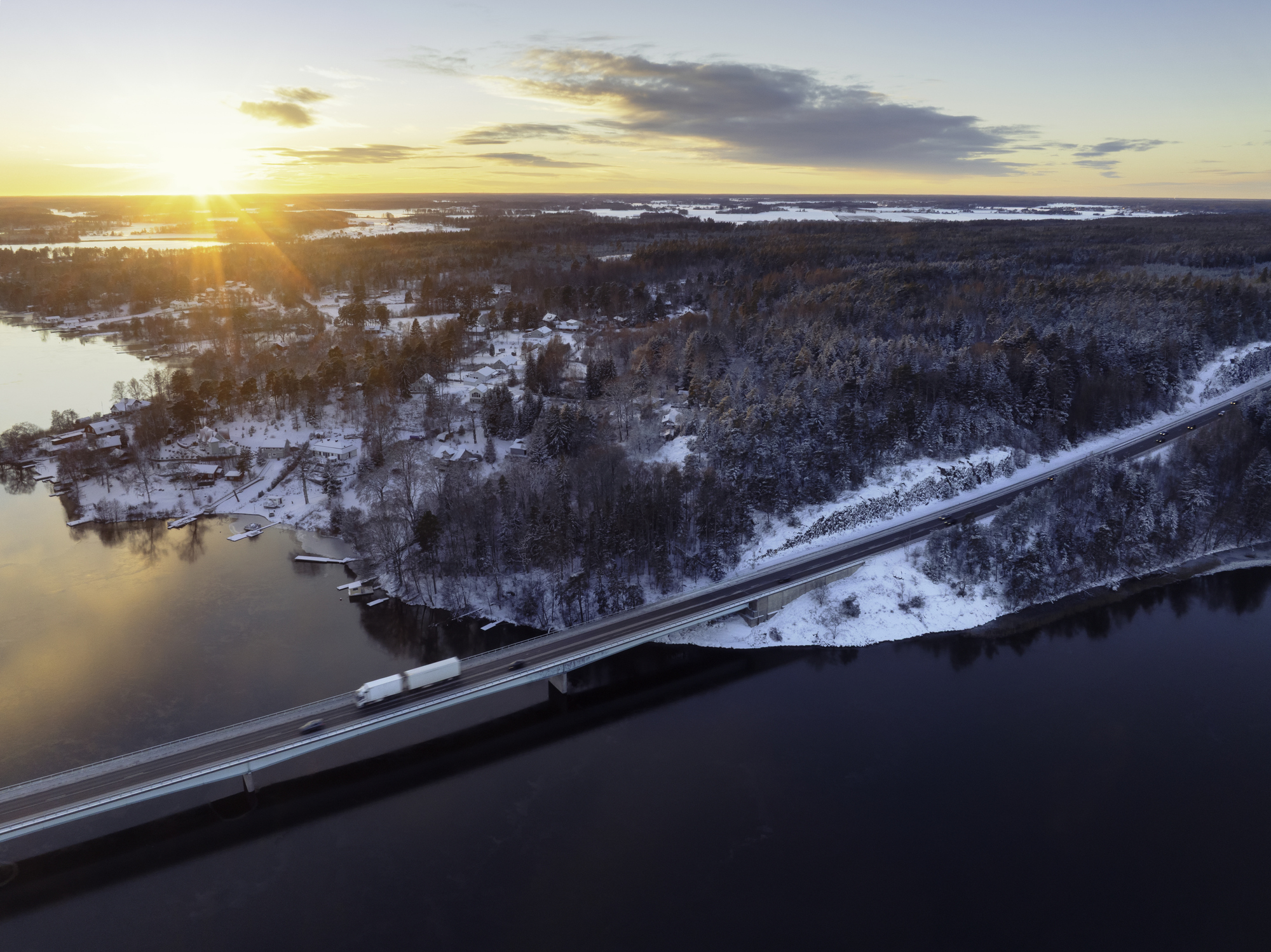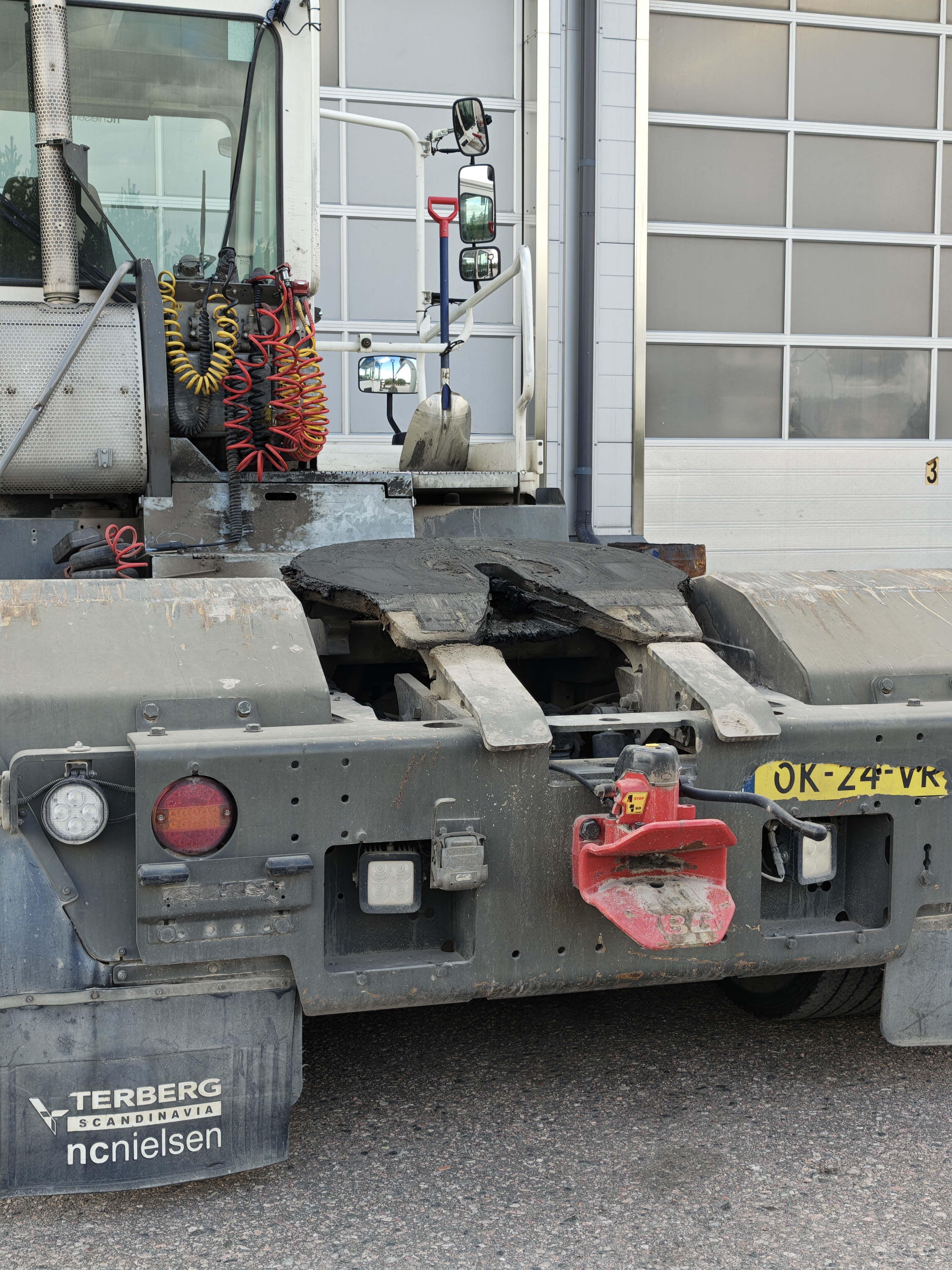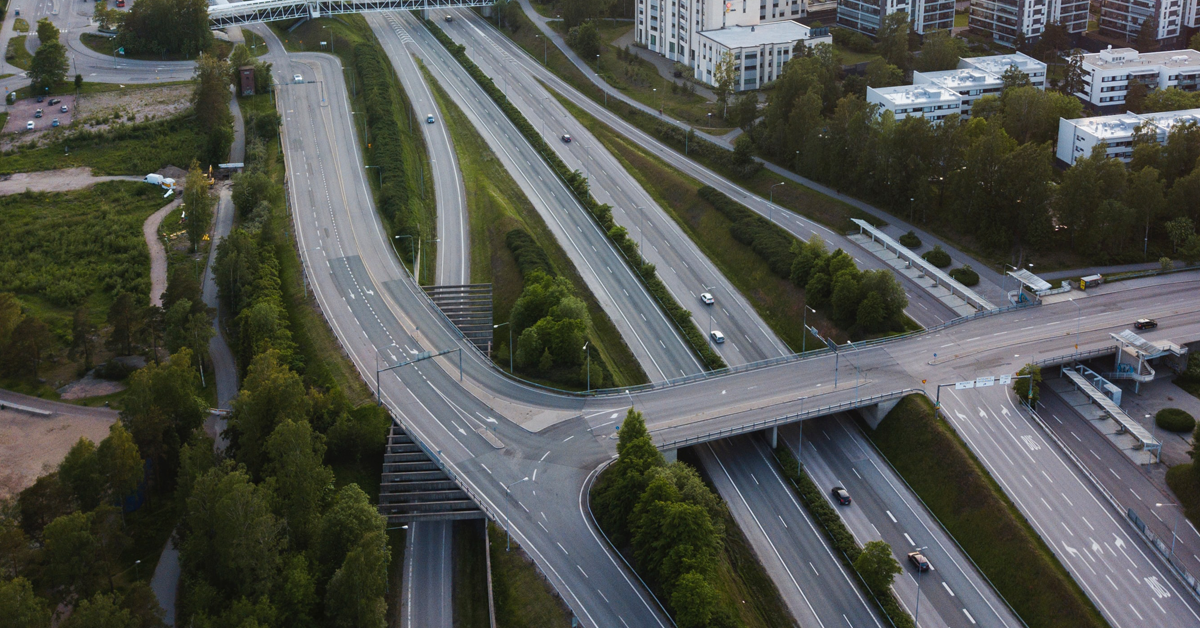90 Tons with Precision HCT with VBG
HCT means longer and heavier vehicle combinations than standard, with the same or higher level of safety. By transporting more goods per vehicle, the number of trucks on the roads decreases. This contributes to reduced carbon emissions, increased road safety, and more efficient logistics. For this to work, reliable technology is required throughout the vehicle combination, where the coupling is one of the most critical components.
HCT in practice when Eklunds leads the way towards the future
When Eklunds Åkeri hits the road between northern Västerbotten and southern Norrbotten, it is heavy, long, and carefully planned. 90 tons of goods are to be transported from forest to industry with high efficiency and minimal climate impact. This is HCT in practice, High Capacity Transport.
The drivers at Eklunds want to be at the forefront and, together with CEO Jonas Eklund, have chosen to participate in the project. "We must dare to think differently, drive innovation and development. Sure, it takes time to learn, adapt and optimize, but I am convinced that it is an investment for the future," says Jonas Eklund.
Eklunds Åkeri has long experience in forest transport in demanding winter environments. In areas with large temperature differences, snow, ice, and long distances, the equipment must be robust, durable, and function in all weather conditions.
"It works surprisingly smoothly and the utilization rate is much higher than I could have imagined," says Jonas Ekdal, who has worked with timber and forest transport since 2012.
The transports are carried out within the framework of the DHEELS project, a national initiative where, among others, Volvo Group and CLOSER develop energy-efficient logistics systems. Volvo leads the field test and has coordinated the work on the technical testing application. The goal is to demonstrate that productivity can be increased on trucks and roads by increasing gross weights and total lengths where possible, while having a positive impact on energy efficiency and road safety on a wide road network.

"We hope that the project will demonstrate the benefit of increasing the gross weight to 90 tons where possible, thereby increasing the sustainability of Swedish raw material transport such as roundwood," says Lena Larsson, project manager and HCT expert within the Volvo Group.
The project is a clear example of how vehicle manufacturers and transport companies can collaborate to accelerate the transition to fossil-free transport. Jonas and his colleagues at Ekdals Åkeri are responsible for follow-up and reporting to the project's stakeholders, while also learning a lot that helps them optimize their own operations. The goal is clear: reduce emissions, increase efficiency, and show that fossil-free high-capacity transport works in practice.
What does HCT mean for the environment?
By using 90-ton combinations, emissions per transported cubic meter of wood raw material are reduced. At the same time, the logistics flow is streamlined as more goods are transported per vehicle, which reduces the number of transports. The project shows that the technology for heavier and longer transport already exists and works within today's infrastructure. HCT is a concrete tool for achieving Sweden's climate goals and strengthening the competitiveness of the transport sector.
"Heavy road transport is an area where we can combine efficiency and environmental awareness with new solutions, while also reducing the number of vehicles on our roads, benefiting road safety. Sveaskog is now expanding the tests with 90-ton trucks in a broader geography so that we can fully evaluate the usage," says Henrik Engman, customer manager at Sveaskog.
Although emissions from heavy transport in Sweden decreased by one percent over the past year, the road to the Paris Agreement's 2030 target is still long. Therefore, HCT is needed as a complement to other measures such as electrification, efficient driving styles, smart route planning, and engine optimization. HCT provides a direct and measurable effect on emission intensity.

Since December 2023, certain vehicle combinations up to 34.5 meters are permitted in Sweden. This opens up new opportunities in volume transport. During 2024, several actors have taken the step, and further approvals such as double trailers and longer Nordic combinations came into force on April 15, 2025. This development strengthens the role of the HCT concept in the logistics of the future.
The development in the Nordics and the EU shows that Sweden is at the forefront, but that there is also a desire for more harmonized rules throughout the region. Finland has already come far, and within the EU, work is underway to create common guidelines for heavy and long transport. In the long term, this can facilitate cross-border traffic and strengthen the competitiveness of haulage companies. Therefore, investments in HCT are important not only nationally, but also from a European perspective.
World-class system solutions
With every coupling that can handle high loads and tough weather conditions, VBG helps make HCT a reality. It's about more than technology – it's an important part of the transition to a safer and more sustainable transport system. VBG's solutions are built for long-term operational reliability and climate-smart functionality.
By optimizing vehicle combinations with the right components, both sustainability and performance are improved. This reduces wear, simplifies maintenance, and increases uptime. For haulage companies operating heavy and long combinations, every detail is crucial. When everything is developed to function as a whole, both economy and safety improve, while transport capacity is maximized in a responsible way.
Recommended reading

The transition enters its next phase – Future outlook 2026

Field tested reliability - VBG shunting coupling at Raskaspari Trailer Service Oy

